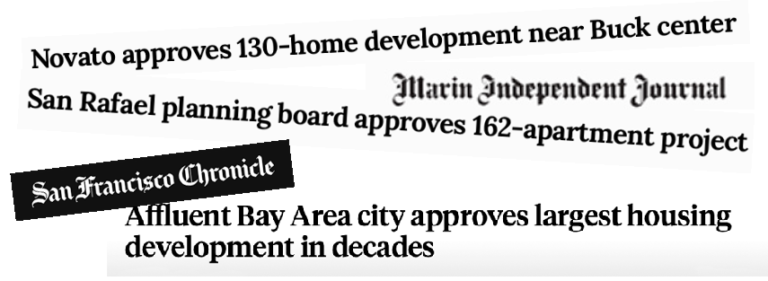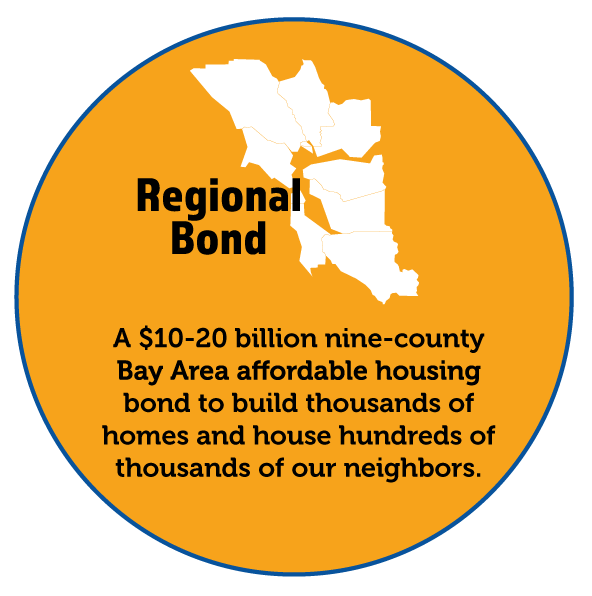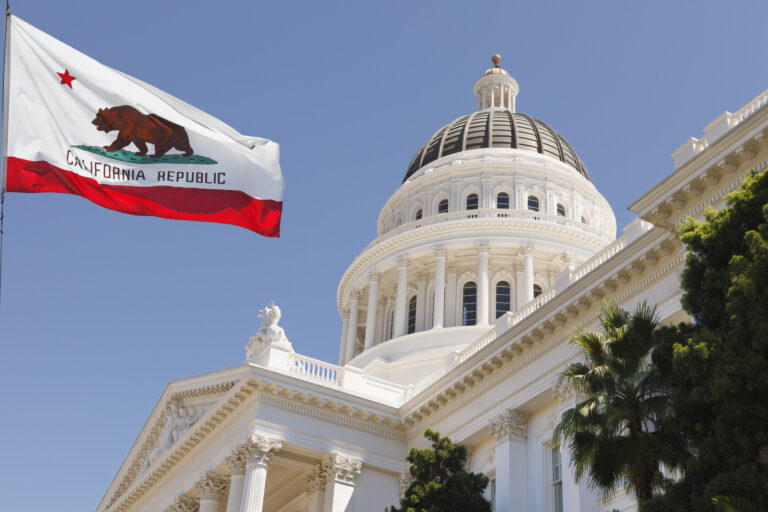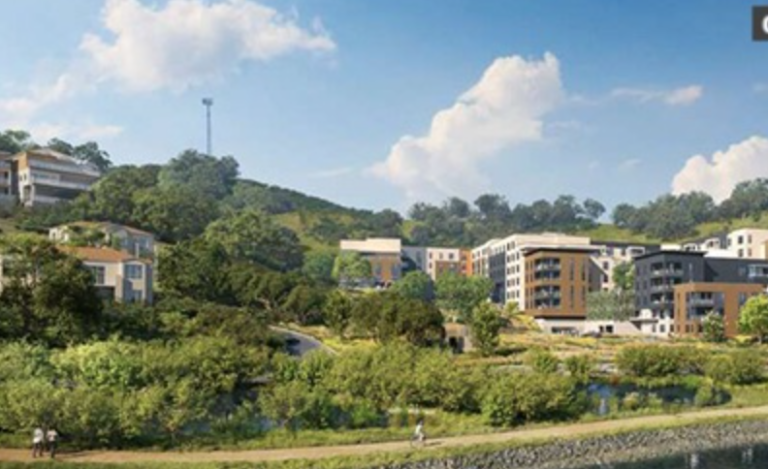Learn
Here you will find housing resources and education, answers to FAQ, and MEHC “Perspective” monthly newsletters.
Perspective – Deep dives on housing
Each month, MEHC does a deep dive into a particular housing issue, which we publish as our “Perspective” newsletter. If you want the Perspective in your inbox, sign up here.

Housing and Driving
HOUSING AND DRIVING: Growth restrictions have displaced workers by Warren Wells We’ve all heard that California, and Marin in particular, are facing a severe housing crisis. Home values and apartment rents keep rising, leading owners to cash out and renters to be pushed out. We’ve heard from politicians that we need to build more to keep…

A Review of Marin Housing Projects
What’s happening in Marin? A review of active, inactive, and completed housing projects. Every day, it seems there is another headline about a housing project. It might feel like we are experiencing a building boom here. But while we are considering some of the largest projects to be built in decades, such as the Northgate Town Center project…

What the BAHFA?
A short primer on affordable housing, BAHFA and BAHA, and potentially game-changing funding! Marinites overwhelmingly want more affordable housing.According to the Marin County 2023 Community Survey, it is the #1 issue that Marinites would like our local governments to address. But how can we build more affordable housing? And what does this have to do with the…

California legislative wins: a review
Happy New Year, fellow housing nerds and policy wonks!There is a lot to catch up on! The 2023 California legislative season ended in October with record-setting housing activity, November was for equal parts pats-on-the-back and wound-licking, and December was the time to rest and get ready to start the maddening but addictingly fun process all over…

Perspective: 2023 – A Turning Point In Marin Housing
Housing is #1 priority for Marin residents2023 was a very busy year for housing, and so for MEHC. The housing crisis in California continues to worsen; we have responded. We strengthened programs and introduced new strategies. We are working hard to build relationships throughout the County. Importantly, more and more Marin residents are understanding the need to act. A recent Marin…
Housing Element Update – Dec 2023
Another important date in the housing element process is just around the corner. Jurisdictions that did not have their housing elements certified by May 31, 2023 must have all housing element rezonings completed by January 31st, 2024. Only Sausalito was certified by May 31, 2023, so they will have until January 2026 to complete their…
FAQ
MEHC Recommended Books
These are books that will deepen understanding on a broad array of affordable housing related topics. If you would like to suggest any additional books, you can contact info@marinmehc.org.
- The Color of Law , by Richard Rothstein- This is a must read for anyone interested in the work of MEHC. Even if you think you know the history of redlining, you will find this book eye-opening and appalling.
- The Death and Life of Great American Cities, by Jane Jacobs.
- Evicted – Property and Profit in the American City, by Matthew Desmond.
- The High Cost of Free Parking, by Donald Shoup
- Homelessness is a Housing Problem, by Gregg Colburn, Clayton Page Aldern
- I Am Applicant, by Matt Smith. Details the experience of a Sausalito resident in getting a permit to remodel his home.
- Paved Paradise – How Parking Explains the World, by Henry Grabar
- Suburban Nation, by Andres Duany, Elizabeth Plater-Zyberk, Jeff Speck
Recommended Articles
- Marin County: New Marinwood Plaza Affordable Housing Project Proposes 125 Units
April 18, 2024Marin County Unincorporated, Housing News, Marinwood Plaza, Projects - Marin IJ: Protections for Canal Neighborhood Residents Are Unanimously Approved
April 17, 2024San Rafael, Housing News, Policy, Tenant Protections - Marin IJ: Novato School District Pursuing Workforce Housing
April 16, 2024Novato, Housing News - Marin IJ: Marin Board of Supervisors Delay Zoning Change Decision
April 20, 2024Marin County Unincorporated, Housing News - YubaNet: Marin Will Receive State Funds to House Homeless Individuals
April 18, 2024California, Marin County Unincorporated, Housing News - Marin IJ: Marin is preparing for an affordable housing bond measure
April 8, 2024Marin County Unincorporated, BAHFA, Housing News, Policy
Recommended Videos

